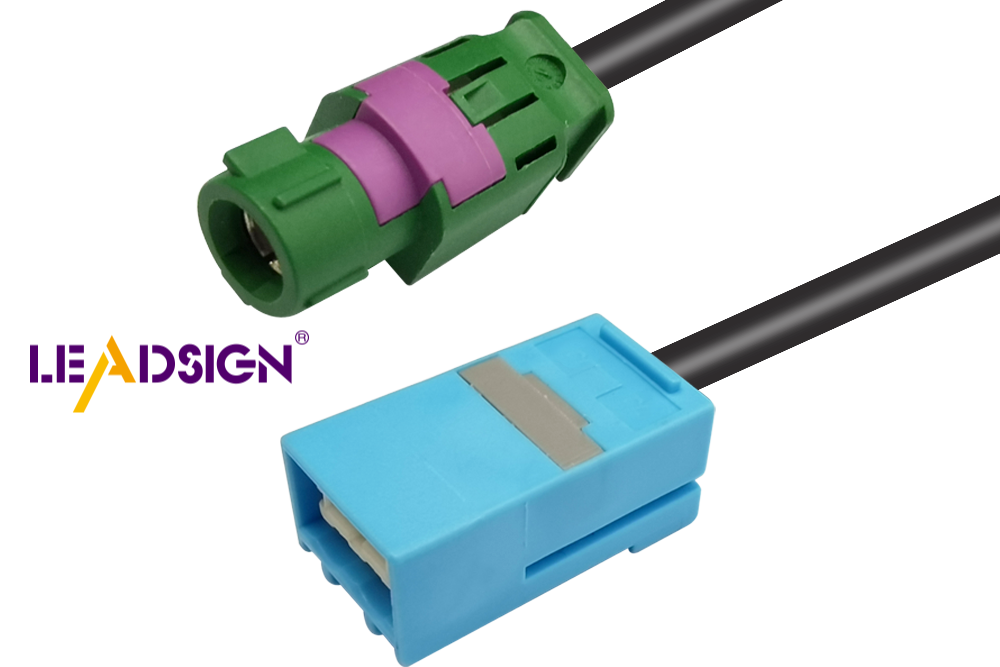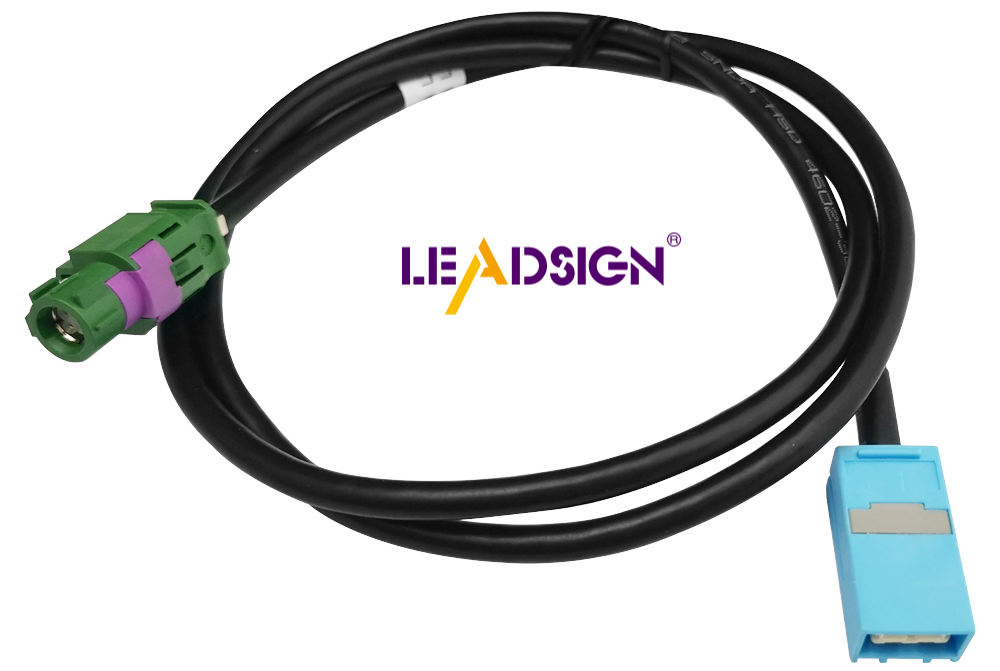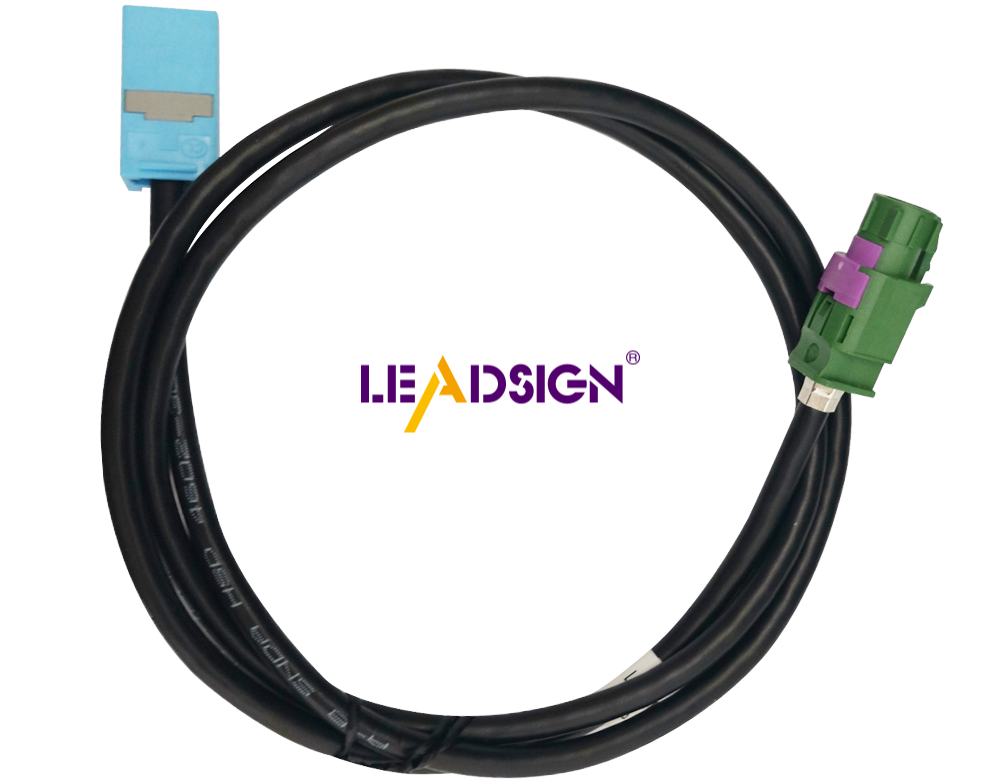Automotive Wire Essentials: A Detailed Guide

Understanding automotive wires is crucial for ensuring car safety and performance. Automotive wires are designed to withstand harsh conditions such as temperature fluctuations, vibrations, and moisture. They play a vital role in connecting various components of the vehicle. Any issues with these connections can lead to problems. Regulations are in place to enhance the durability of these wires against various challenges. Having knowledge about automotive wiring is essential for maintaining the longevity and reliability of vehicles.
Types of Automotive Wires

Primary Wire
Characteristics and Uses
Primary wire, or GPT wire, is used in cars. It’s important for low-voltage circuits. Lights and accessories often use this wire. It's made to last and resist wear. Different colors help identify wires easily.
Common Materials
Wire insulation keeps the electrical system safe. Primary wires often have PVC insulation. PVC protects from chemicals and water. XLPE adds extra strength. These materials handle heat and tough conditions well.
Battery Cable
Specifications
Battery cables are strong for car power needs. They carry high currents with thick copper strands. Insulation resists heat and damage. Good specs ensure they work well in tough spots.
Applications
Battery cables link the battery to the car’s system. They power starters and alternators. Good cables stop voltage drops. Strong connections help start engines and keep systems running.
Shielded Cable
Purpose and Benefits
Shielded cables block electromagnetic interference (EMI). They keep signals clear in cars. Audio and data systems use them a lot. The shield stops outside noise from messing up signals.
Installation Considerations
Installing shielded cables needs care. Avoid sharp bends or pulling too hard on them. Tight connections reduce signal loss. Follow maker rules for best results. These cables make sensitive systems more reliable.
Wire Details and Rules
Size and Power
Knowing Wire Size
The AWG system tells wire size. Wire size affects how much power it can carry. Bigger numbers mean smaller wires. Smaller wires hold less power. Picking the right size keeps things safe.
Power Limits
Power limits show how much power a wire can safely hold. Too much power makes wires too hot. Hot wires can start fires. Each wire size has a power limit:
14 size: 15 amps
12 size: 20 amps
10 size: 30 amps
8 size: 40 amps
6 size: 50 amps
Choosing the right wire stops harm and keeps safety.
Cover Types
PVC vs. XLPE
Wire cover keeps it safe from bad stuff outside. PVC is used a lot in cars. It fights off chemicals and water well. XLPE handles heat better than PVC does. Picking the right cover depends on what you need.
Heat Levels
Heat levels tell how hot a wire cover can get safely. Higher levels mean better heat handling. PVC usually works up to 105°C hotness. XLPE can take up to 125°C heat. Choosing the right cover helps in different weather.
Car Rules
SAE Rules
SAE makes rules for car wires. SAE J1128 gives rules for covers and sizes of wires. Following these rules makes sure things work well and are safe.
ISO Rules
ISO sets world rules for car wires too. ISO 6722 tells about cover thickness, voltage, and sizes of wires. Following ISO rules means good quality and working fine.
Choosing the Right Wire for Your Vehicle

Checking Electrical Needs
Figuring Out Load Needs
Every car has its own power needs. Knowing these helps pick the right wire. Find out what each part uses in watts or amps. Add them up to see total power needed. Make sure wires can handle this without getting too hot.
Thinking About Environment
Weather affects how wires work. Think about heat, wetness, and chemicals. Pick wires with covers that can take it. Use XLPE for hot places. Choose waterproof ones where it's damp.
Best Ways to Install
Good Routing Steps
Good paths stop damage and noise problems. Keep wires from sharp spots and moving parts. Use clips or ties so they stay put. Keep away from hot things like exhausts.
Avoiding Mistakes
Avoid mistakes for good wiring. Don’t bend wires too much; they might break. Make tight connections to keep signals strong. Follow maker’s rules for each wire type.
Fixing and Caring for Wires
Spotting Problems
Check often for wiring troubles. Look for worn-out covers or rust spots. See if connections are loose or if wires look burnt.
Tips for Regular Care
Regular care keeps wires lasting longer. Clean connections to stop rusting. Change bad wires fast. Use covers in tough places and write down what you do.
Case Studies:
Picking Cables and Connectors: Picking right ones helps cars work well and last long.
Effect on Systems: Good wires make systems better and cut down on failures.
Automotive wires are important for how cars work and stay safe. Knowing wire types, details, and how to install them helps cars run well. Following rules like SAE and ISO makes sure things are good quality and safe. These rules help car makers make parts that fit together safely. Using this knowledge in real life makes things work better with fewer mistakes. Car experts do better by using these tips. Picking the right wires and taking care of them keeps car systems working well for a long time.
See Also
Exploring High-Speed Data Connectors for Automotive Sector
Maximizing Auto Data Transfer: Cutting-Edge Connectors & Cables
Improving Data Transfer: Significance of High-Speed Auto Connectors
Navigating Ford's FAKRA Connectors: A Comprehensive Overview

